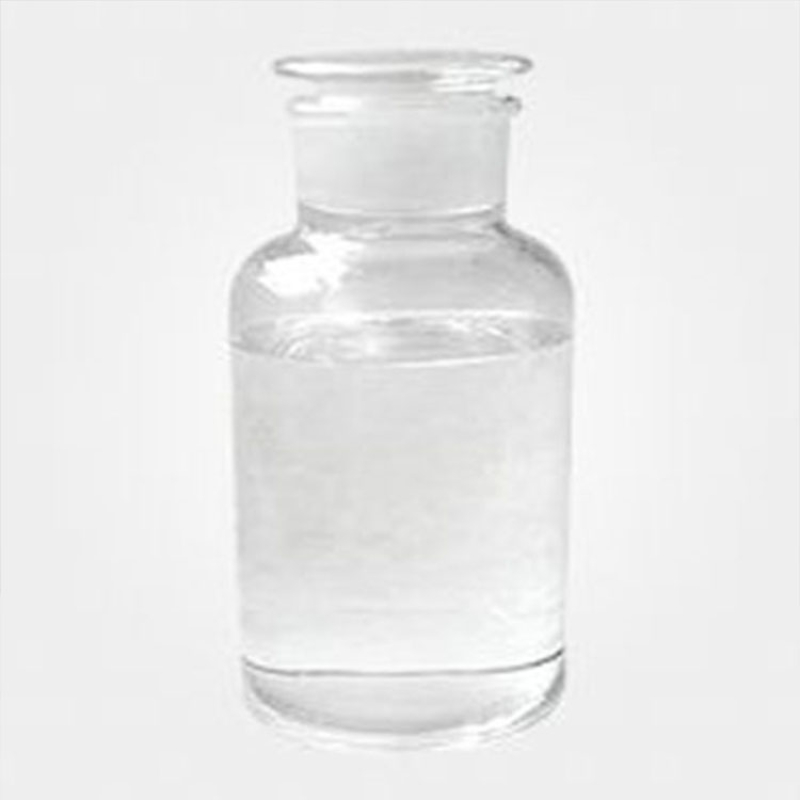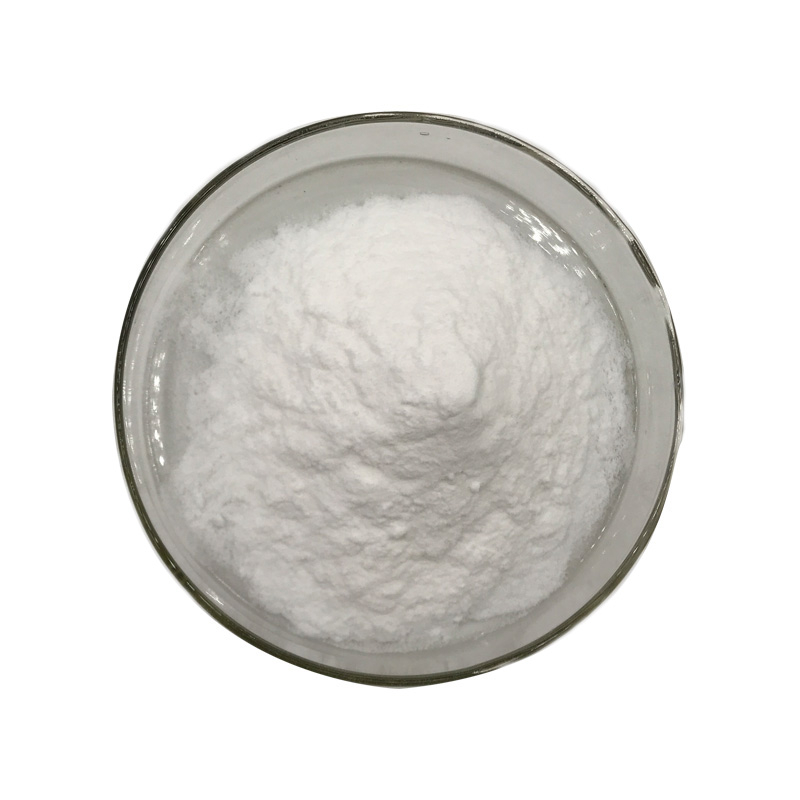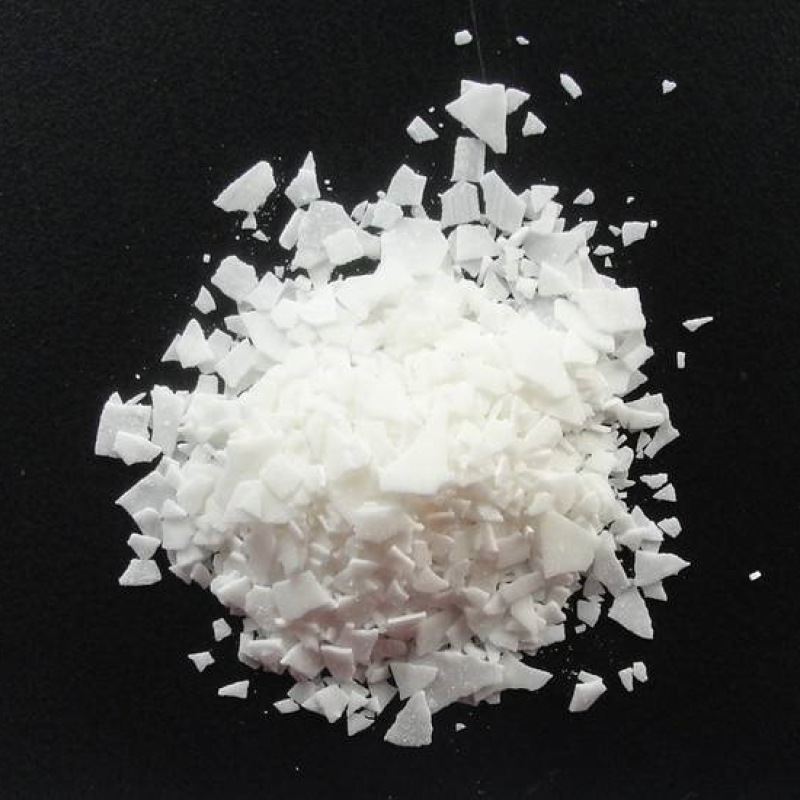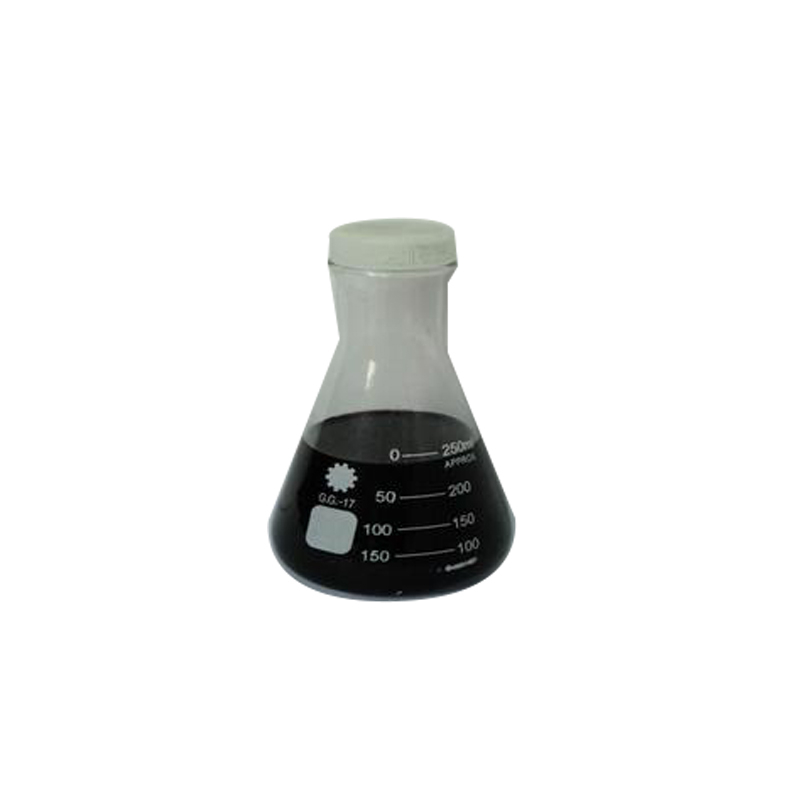Glycerin For Skin CAS#56-81-5 discover the power of Glycerin (CAS#56-81-5), also known as vegetable glycerine or liquid glycerol, a key component in a wide array of industries.
Contact Now
Glycerin CAS#56-81-5Introducing our usp 99.7% Glycerine, a high-purity glycerin that is renowned for its exceptional quality and versatility. With the chemical formula C3H8O3, our pure glycerin is a key component in a variety of industries, from cosmetics to food processing.
Contact Now
Veg glycerin CAS#56-81-5Product Description:Discover the versatility and purity of our Vegetable Glycerin (CAS#56-81-5), a natural and biodegradable alternative to petroleum-based glycerin.
Contact Now
Products Description of Hexamethylene diacrylate CAS#13048-33-4This product is a bifunctional monomer with low skin irritation, low shrinkage and high activity.
Contact Now
Products Description of Icaridin CAS#119515-38-7Icaridin, also known as Picaridin, was invented by the German company Saltigo. It is a broad-spectrum repellent with good mosquito repellent effect and long protection time. It is considered to be safer and less toxic than DEET, non-irritating to the skin, and has a higher overall level. It is also rated as the most effective mosquito repellent besides DEET by the Centers for Disease Control and Prevention of the United States. It is currently recognized as the best mosquito repellent chemical in Europe and the United States.
Contact Now
Products Description of Imidazolidinyl urea CAS#39236-46-9White flowing powder, hygroscopic, odorless or with a slight characteristic odor, easily soluble in water, soluble in propylene glycol and glycerin, and hardly soluble in ethanol.Imidazolidinyl urea Chemical PropertiesMelting point 141-143℃Boiling point 514.04°C (rough estimate)density 1.4245 (rough estimate)vapor pressure 0Pa at 25℃refractive index 1.6910 (estimate)storage temp. 2-8°Csolubility Soluble in water and in glycerol, but insoluble in almost all organic solvents.pka7.41±0.10(Predicted)f
Contact Now
Products Description of SANDALORE CAS#65113-99-7Sandalore is a synthetic sandalwood odorant with odor in some ways similar to sandalwood and consequently used in perfumes, emollients, and skin cleaning agents. Sandalore, and the similar brahmanol, have been identified as agonists of the cutaneous olfactory receptor OR2AT4, and found to induce strong Ca2+ signals in cultured human keratinocytes.
Contact Now
Products Description of 2-Chloropyridine-N-oxideCAS#2402-95-12-Chloropyridine-N-oxide is an important compound in pyridine nitrogen oxides. It is an important intermediate for pesticides, medicines and daily chemical products. It is also an important intermediate for the synthesis of skin cleansers, shampoos and pyrithione and other antiseptic and antifungal fungicides. It is an essential raw material for the synthesis of 2-chloro-4-nitropyridine, an important intermediate for the synthesis of phenylurea plant growth regulators.
Contact Now
Products Description of 2,4,5-Trichloropyrimidine CAS#5750-76-52,4,5-Trichloropyrimidine is a new type of reactive dye intermediate raw material and a synthetic raw material for new antibacterial and anti-inflammatory chemical drugs. With the continuous increase in sales of new reactive dyes and new antibacterial and anti-inflammatory drugs, the demand for the raw material 2,4,5-Trichloropyrimidine required for its synthesis is also growing. Therefore, it is particularly urgent to study its synthesis and develop a green new process suitable for industrial mass production.
Contact Now
Products Description of Terbinafine CAS#91161-71-6 Terbinafine hydrochloride can treat skin, hair and nail infections caused by Trichophyton, Microsporum canis and Epidermophyton floccosum. It can also treat various tinea, skin yeast infections caused by Candida, and onychomycosis caused by mold.
Contact Now
Products Description of HYDROXYLAMINE CAS#7803-49-8Hydroxylamine is also called "hydroxylamine". Chemical formula NH2OH. Molecular weight 33.03. Unstable white large flake or needle-shaped crystals. Very easy to absorb moisture, volatile, very soluble in water. Deliquesce in the air. Odorless, corrosive to the skin. When the concentration is 100%, 10%, 20%, 30%, 40%, 50%, the relative density of the aqueous solution is: 1.2040, 1.0192, 1.0410, 1.0637, 1.0875, 1.1122. The product decomposes in hot water and is slightly soluble in ether, benzene, carbon disulfide, and chloroform.
Contact Now
Products Description of ATP Disodium Salt CAS#987-65-5DISODIUM ADENOSINE TRIPHOSPHATE, alias: 5'-adenosine triphosphate disodium salt. Adenosine triphosphate disodium is mainly used as a skin conditioner in cosmetics and skin care products.
Contact Now
Heptane CAS# 142-82-5N-Heptane is a flammable liquid, current in crude oil and extensively used in the auto- cell industry. For example, as a solvent, as a fuel knock trying out standard, as automobile starter fl uid, and paraffi nic naphtha. n-Heptane motives unfavourable fitness results in occupational workers, such as CNS depression, skin irritation, and pain.
Contact Now
Products Description of Tannic acid CAS#1401-55-4Tannic acid, also known as tannic acid, is an organic compound with a chemical formula of C76H52O46. It is a yellow or brownish yellow powder. Its aqueous solution turns blue-black when it meets an iron salt solution. Adding sodium sulfite can delay the discoloration.In industry, tannic acid is widely used in tanning leather and making blue ink. Tannic acid can coagulate protein. People use tannic acid to chemically treat raw pig skin and raw cow skin, which can coagulate the soluble protein in the raw skin.
Contact Now
Products Description of Glycerol triglycidyl ether CAS#13236-02-7Glycidyl ethers include allyloxyepoxypropane, diglycidyl ether, isopropyl glycidyl ether, butoxye-popropane, diglyeidyl ether (EP-562) and epoxphenoxypropane, etc. They are a group of substances with similar chemical properties and toxic effects. They are colorless liquids with some pungent odors. They have low acute toxicity when in contact with the mouth and skin, and moderate toxicity when in contact with the respiratory tract. They mainly act on the nervous system.
Contact Now
Products Description of Lanolin CAS#8006-54-0 Lanolin is an ideal raw material for the production of skin care products such as cold cream, anti-wrinkle cream, anti-cracking cream, shampoo, conditioner, hair cream, lipstick and high-end soap. It is often used as an oil-in-water emulsifier and is an excellent moisturizing substance. Lanolin is a product with good water absorption, moisturizing, lipophilic, emulsifying and dispersing properties.
Contact Now
Products Description of Copper(II) sulfate pentahydrate CAS#7758-99-8Copper sulfate pentahydrate (chemical formula: CuSO4·5H2O) is blue vitriol, blue triclinic crystal, easy to weather in dry air, lose 4 molecules of crystal water when heated to 190℃, and become anhydrous salt at 258℃. Toxic. Soluble in water, insoluble in ethanol. Can be used for pesticides, harmful if swallowed, irritating eyes and skin, and can have long-term adverse effects on the aquatic environment.Copper sulfate crystals are beautiful blue crystals in plate or short columnar shape with a beautiful blue color.
Contact Now
Glycerol CAS#56-81-5Discover the power of Glycerin (CAS#56-81-5), also known as vegetable glycerine or liquid glycerol, a key component in a wide array of industries.
Contact Now
Products Description of Poly(ethylene glycol) distearate CAS#9005-08-7This product is a white solid, soluble in isopropanol, glycerin, gasoline solvents, dispersed in water, melting point 35 ~ 37 ℃.Poly(ethylene glycol) distearate Chemical PropertiesMelting point 35-37 °CFp >230 °FOdorat 100.00?%.
Contact Now
Products Description of Melamine CAS#108-78-1Melamine, commonly known as "melamine", "protein essence" and "melamine (Pinyin: mì'àn)", is a triazine nitrogen-containing heterocyclic organic compound, often used as a chemical raw material. It is a white monoclinic crystal, almost odorless, slightly soluble in water (3.1g/L at room temperature), soluble in formaldehyde, acetic acid, hot ethylene glycol, glycerin, pyridine, etc., insoluble in acetone and ethers, harmful to the body, and cannot be used in food processing or food additives.
Contact Now
Products Description of Ethyl 2-hydroxybenzoate 98% CAS#118-61-6Ethyl salicylate is a colorless oily liquid with a light wintergreen oil aroma. Boiling point is 234℃, melting point is 1.3℃. Soluble in ethanol, ether, acetic acid and most non-volatile oils, slightly soluble in water and glycerin. Used in organic synthesis or preparation of spices, and also used as solvent. The production method is obtained by esterification of o-hydroxybenzoic acid (i.e.
Contact Now
roducts Description of Sodium Monohydrate CAS#10039-56-2Sodium hypophosphite, also known as "sodium dihydrogen hypophosphite" and "sodium hypophosphite", has the chemical formula NaH2PO2. It is a colorless crystal or a pearly crystal or a granular powder. It is soluble in water, alcohol and glycerin, but insoluble in ether. It is easy to deliquesce. It is relatively stable when stored in a dry state. When heated above 200°C, it will decompose rapidly, releasing phosphine, a toxic gas that can self-ignite.
Contact Now
Products Description of Sulfamic acid CAS#5329-14-6Aminosulfonic acid is a colorless, odorless and non-toxic solid strong acid. Its aqueous solution has the same strong acid properties as hydrochloric acid, sulfuric acid, etc., but its corrosiveness to metals is much lower than that of hydrochloric acid, etc. It is extremely toxic to the human body, but it cannot be in contact with the skin for a long time, let alone enter the eyes.Due to its strong acid properties, it is also called solid sulfuric acid.
Contact Now
Products Description of Boric acid CAS#11113-50-1Boric acid is also called "orthoboric acid". It is derived from the interaction between natural borax (sodium borate) and acid. Soluble in water, ethanol and glycerin. The aqueous solution is acidic and is a monovalent weak acid. Solubility in water increases with temperature. Heated to 169℃ (±1℃), dehydration will produce metaboric acid, and 300℃ will form boric anhydride. Neutralize with strong base to obtain metaborate.
Contact Now



































